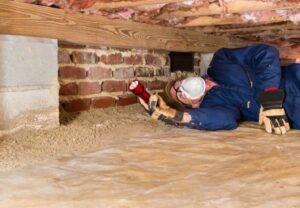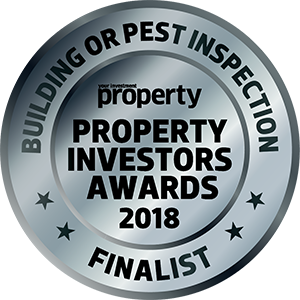Pest infestations can wreak havoc on homes and businesses, causing structural damage and health hazards. In Australia, where a diverse climate fosters a wide range of pests, it’s crucial to employ effective pest inspection methods. One such method that has gained popularity in recent years is thermal imaging. This advanced technology offers numerous benefits when it comes to pest inspections. We’ll explore these advantages and shed light on how thermal imaging is revolutionising the way we detect and address pest issues.
Understanding Thermal Imaging
Before diving into the benefits, let’s briefly understand what thermal imaging is. Thermal imaging, also known as infrared thermography, is a technology that captures the heat emitted by objects and converts it into a visible image called a thermogram. This technology can detect temperature variations, making it invaluable in identifying pest infestations.
1. Early Detection
One of the most significant advantages of thermal imaging in pest inspections is its ability to detect pests at an early stage. Infrared cameras can identify temperature anomalies caused by pests or their activities, such as nesting or feeding. Early detection allows for prompt intervention, preventing the infestation from worsening and minimising damage and associated costs.
2. Non-Invasive Inspection
Traditional pest inspections often involve invasive procedures like drilling holes or tearing down walls to access hidden areas. Thermal imaging eliminates the need for invasive measures, as it can detect pests or their nests behind walls, under floors, or in ceilings without causing any damage to the structure. This non-invasive approach is not only more cost-effective but also less disruptive to homeowners and businesses.
3. Enhanced Accuracy
Thermal imaging provides inspectors with a high level of accuracy in identifying pest infestations. By visualising temperature differences, inspectors can pinpoint the exact location of pests, their nests, and even moisture sources that attract them. This precision allows for targeted treatment and reduces the likelihood of overlooking infested areas.
4. Comprehensive Inspections
In Australia, pests vary greatly depending on the region and climate. Thermal imaging can be used to inspect a wide range of pests, from termites to rodents and even bedbugs. Inspectors can quickly adapt their approach to address the specific pest challenges faced by homeowners or businesses in a particular area.

5. Time and Cost Savings
Efficiency is a significant advantage of thermal imaging in pest inspections. Inspectors can cover more ground in less time compared to traditional methods. This speed not only saves time but also reduces labour costs. Additionally, early detection can prevent costly structural repairs, making thermal imaging a cost-effective solution in the long run.
6. Increased Customer Confidence
Home and business owners appreciate the transparency and thoroughness that thermal imaging offers in pest inspections. When they see clear evidence of pest issues through thermographic images, it builds trust in the inspection process. This increased confidence can lead to more satisfied customers and referrals.

7. Environmental Friendliness
Thermal imaging is an environmentally friendly pest inspection method. It doesn’t rely on harmful chemicals or pesticides and minimises disruptions to the environment. This aligns with the growing concern for sustainability and eco-friendliness in Australia and worldwide.
Conclusion
Thermal imaging is revolutionising pest inspections in Australia by offering early detection, non-invasive inspection methods, enhanced accuracy, and cost savings. It allows for comprehensive inspections of various pests while increasing customer confidence and being environmentally friendly. As the demand for effective and efficient pest control solutions continues to rise in Australia, thermal imaging stands out as a valuable tool in the battle against pest infestations. Whether you’re a homeowner or a business owner, considering thermal imaging for pest inspections can help protect your property and investments while promoting sustainability in pest management practices and Resicert is here to help.






